

Finding the right wood to metal screws can be crucial for your project's success. This guide explores various types, applications, and considerations to help you choose the perfect screws for your needs. We'll delve into material choices, screw sizes, and installation techniques, ensuring you achieve strong, reliable fastenings.
Choosing the right material for your wood to metal screws is paramount. Common materials include steel, stainless steel, and brass. Steel offers strength and affordability, while stainless steel provides superior corrosion resistance, ideal for outdoor applications. Brass screws offer a more aesthetically pleasing finish, often used in decorative projects. The choice depends heavily on the project's environment and required longevity. For instance, if you're building an outdoor structure, stainless steel wood to metal screws are the preferable choice to prevent rust.
The head type of your screw significantly impacts ease of installation and the final aesthetic. Common head types include pan head, flat head, oval head, and countersunk. Pan head screws offer a slightly raised head, ideal for general-purpose applications. Flat head screws sit flush against the surface, while countersunk screws sit below the surface, creating a clean, smooth finish. Consider the final appearance you desire when selecting your screw heads.
The thread type affects the screw's holding power. Coarse threads provide faster installation and better grip in softer woods, while fine threads offer greater holding power in harder woods and metals. Selecting the appropriate thread type is essential for achieving a secure fastening. The type of wood and metal you're joining will influence this choice. For example, a coarse thread might be suitable for softer pine, whereas a fine thread is better suited for hardwoods or denser metals.
The size of your wood to metal screws is determined by the diameter and length. The diameter is measured in inches or millimeters, while the length is typically measured in inches. Selecting the correct size is crucial to ensure a strong and secure fastening. Too short a screw will not provide adequate holding power, while too long a screw can cause damage or even break through the material. Consult manufacturer's specifications and consider the thickness of both the wood and the metal when determining the appropriate length.
For optimal results, pre-drilling pilot holes is often recommended, especially when working with hardwoods or metals. This helps prevent splitting or stripping the material. The pilot hole size should be slightly smaller than the screw's diameter.
Proper installation is key to maximizing the lifespan and strength of your connection. Start by pre-drilling a pilot hole in both the wood and metal. This prevents splitting the wood and provides a smoother installation. Use a screwdriver or drill with the appropriate bit to drive the screw in steadily. Avoid forcing the screw, as this can damage the materials or the screw itself. If you encounter resistance, reassess your pilot hole or screw selection.
A wide variety of wood to metal screws are readily available both online and in physical stores. Hardware stores and home improvement centers offer a good selection, but online retailers often provide a wider range of choices and competitive pricing. When buying online, ensure you check customer reviews to gauge the quality and reliability of the supplier. Consider factors such as shipping costs and delivery times.
For a wide selection of high-quality fasteners, including wood to metal screws, consider checking out reputable suppliers. [Hebei Muyi Import&Export Trading Co.,Ltd] offers a diverse range of products.
If you encounter issues such as stripping the screw head, consider using a screw extractor to remove the damaged screw and install a new one. If the screw is difficult to drive, check if the pilot hole is the correct size. If the connection is not strong enough, consider using a longer or thicker screw or adding additional fasteners.
Selecting and installing the correct wood to metal screws is crucial for the success of many projects. By understanding the various types, sizes, and installation techniques, you can ensure strong, long-lasting connections. Remember to always prioritize safety and use the appropriate tools for the job. Careful planning and attention to detail will ensure a professional and reliable outcome.

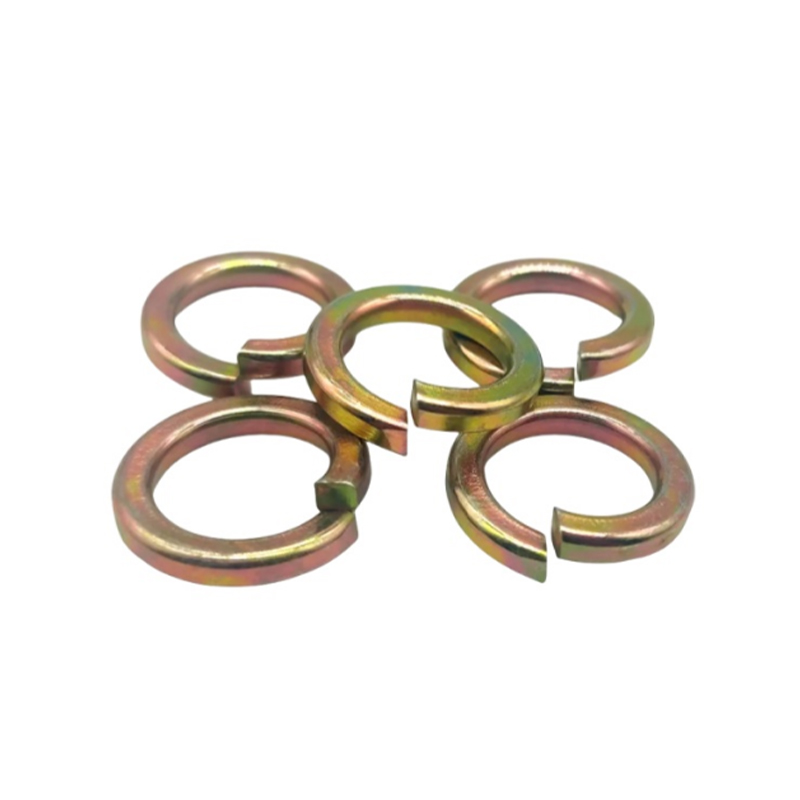

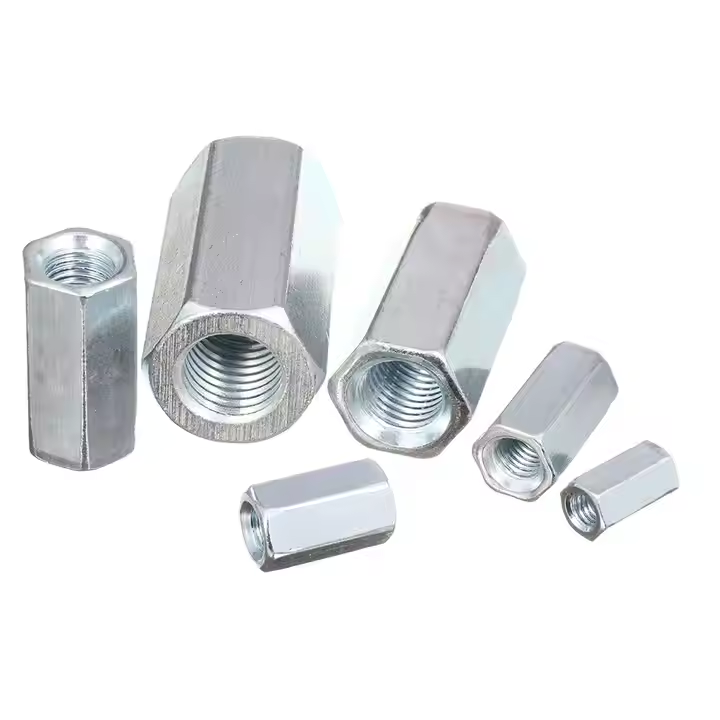
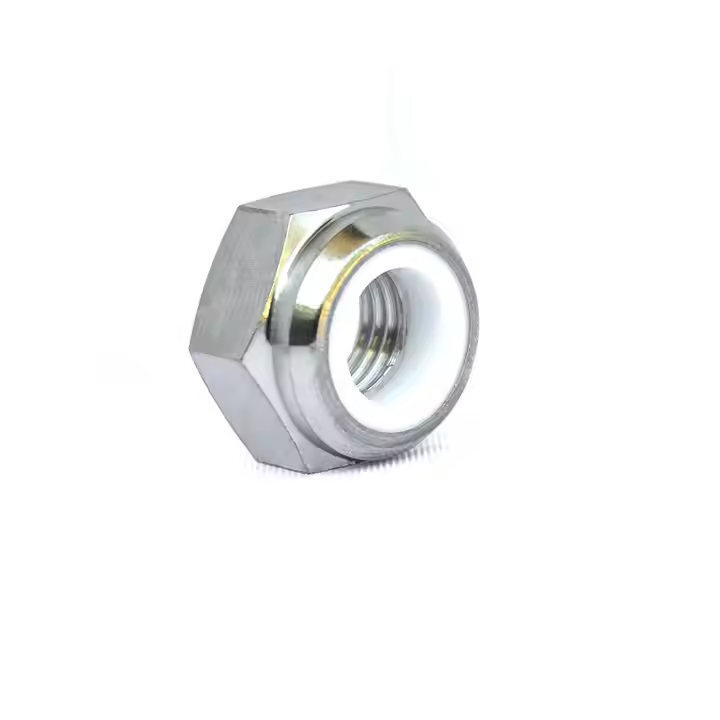
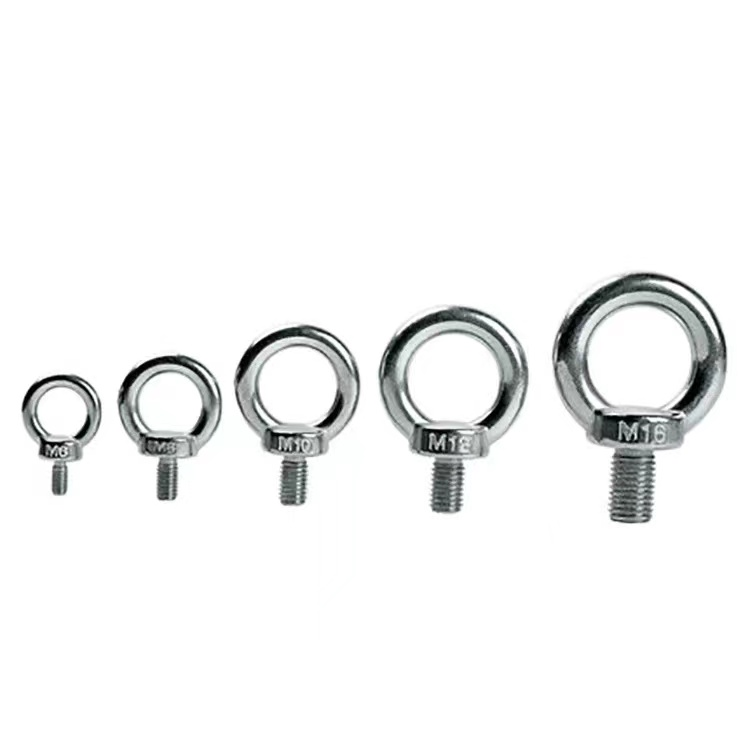
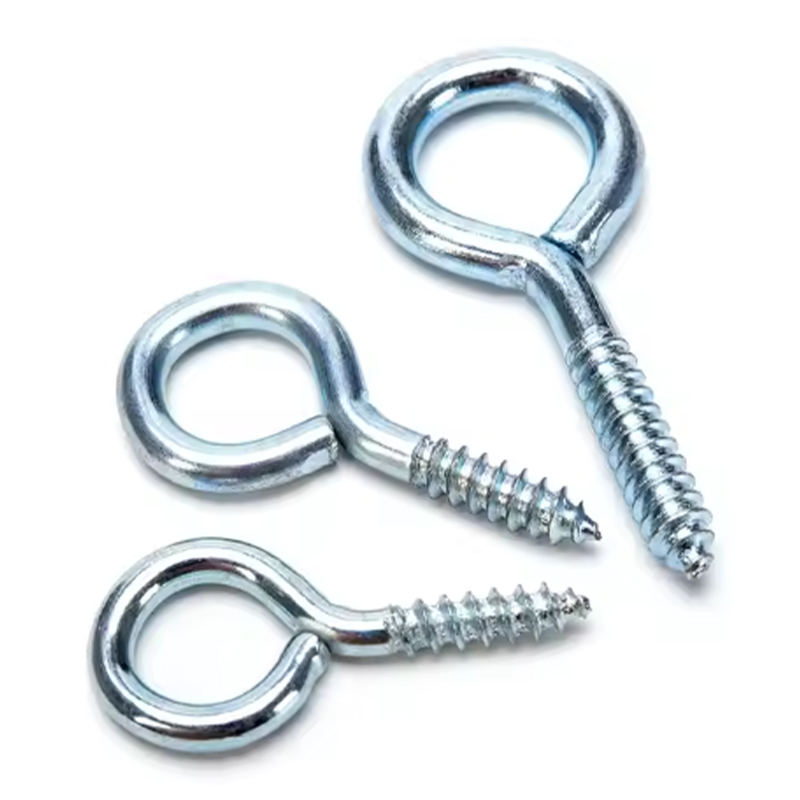

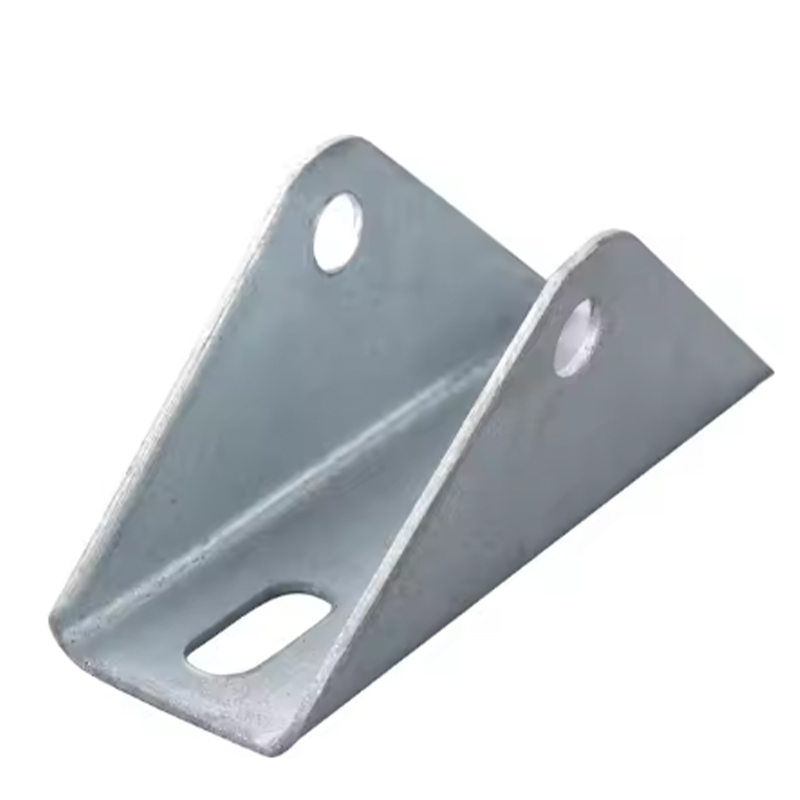
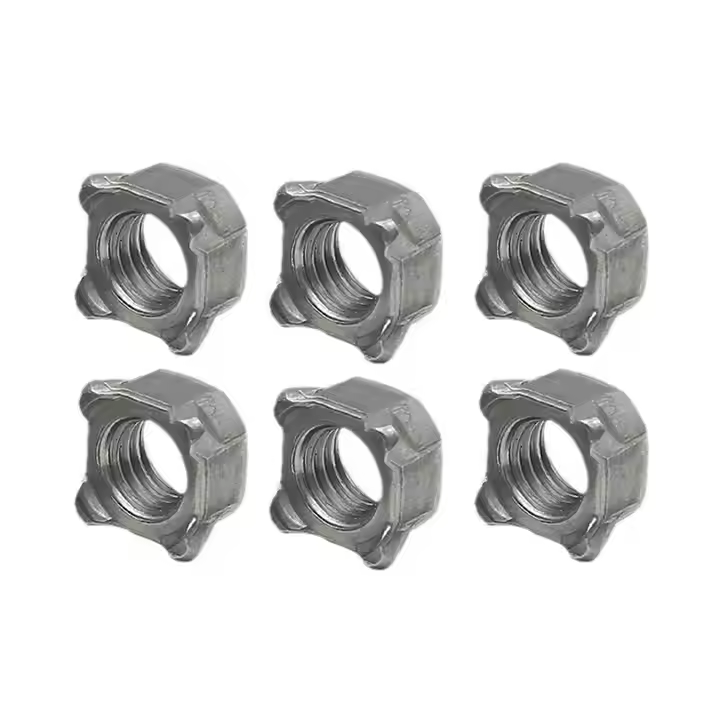
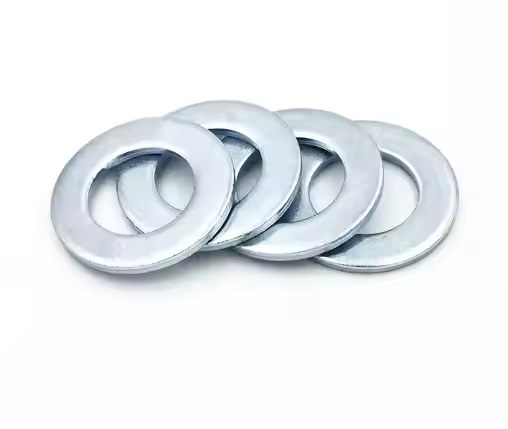
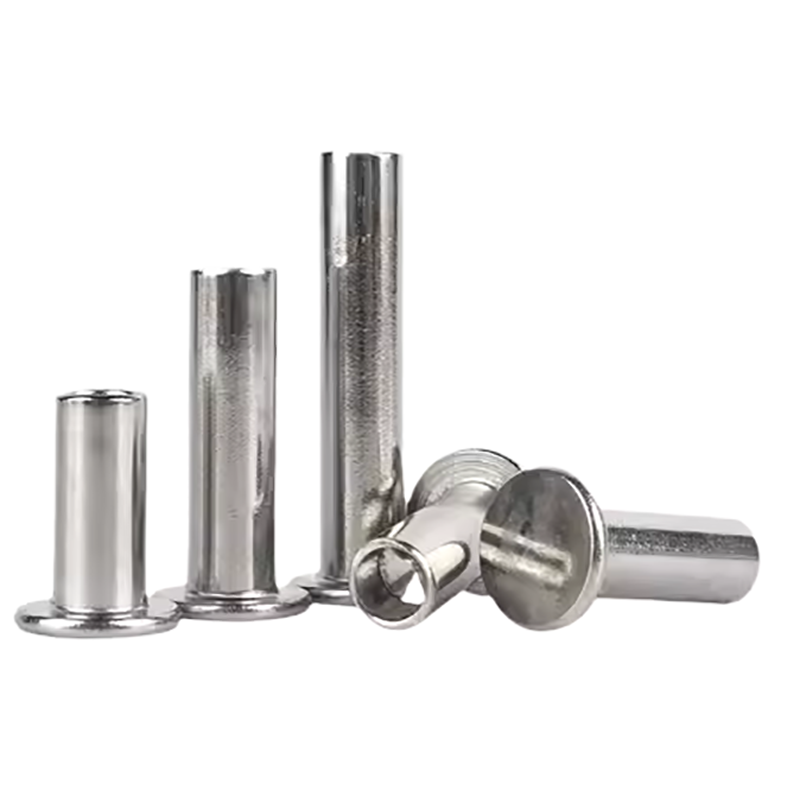
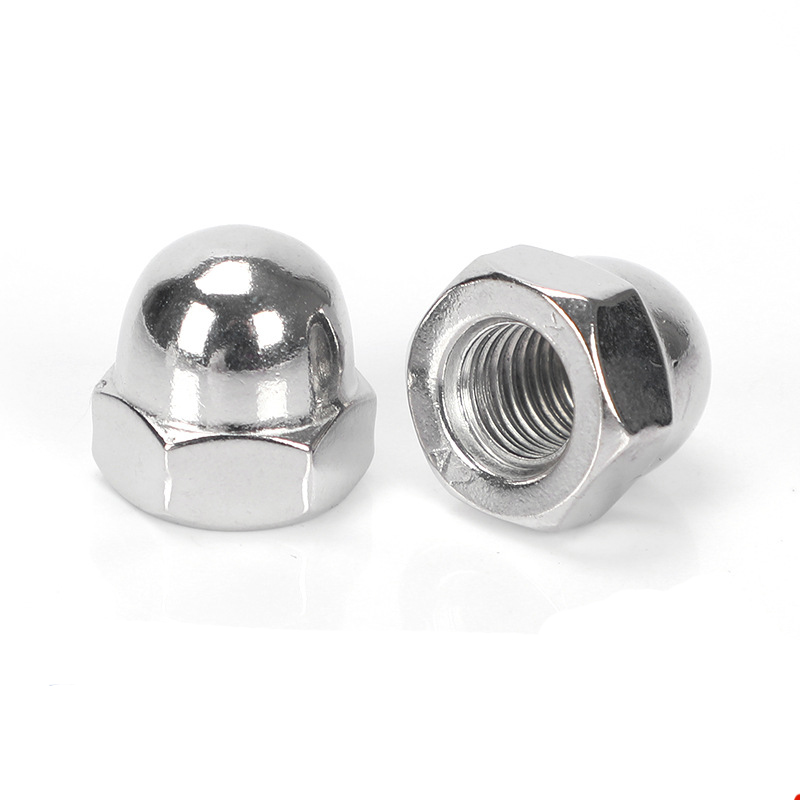
Please enter your email address and we will reply to your email.